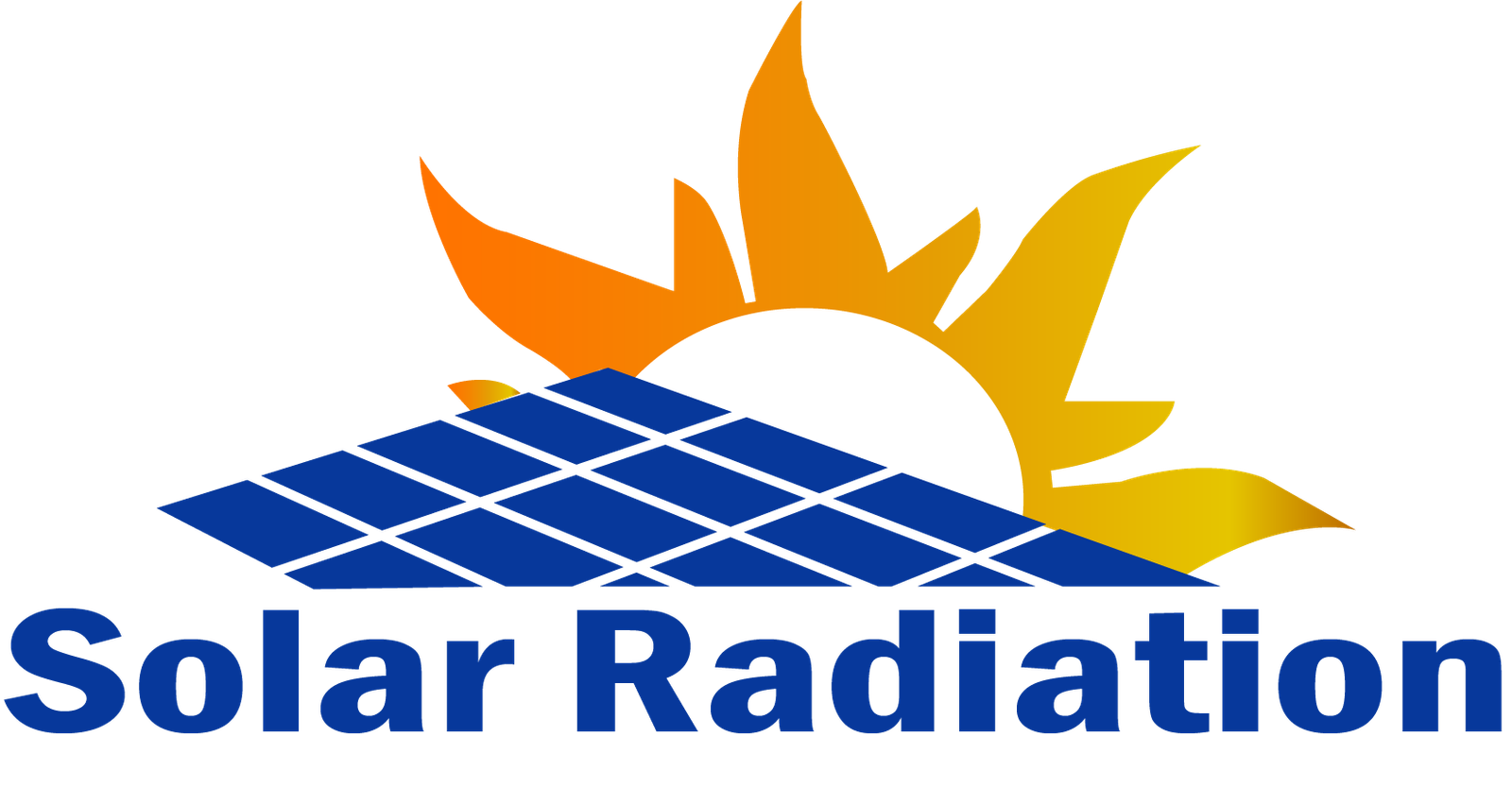- support@solarradiation.com.au
- 1300 131989
Tesla Solar Battery: Payback Period, Price, and Savings for Sydney, Australia
Founded in 2003, Tesla Company was formerly known as Tesla Motors, Inc. Tesla has locations worldwide, including Australia, and its main office is in the San Francisco Bay Area of the United States.
After honing its skills in the production of electric vehicles, Tesla ventured into the commercial and household storage of batteries. The company gained prominence in the home energy storage market in 2015 with the release of the Tesla Powerwall battery; then in 2016 it released the Powerwall 2.

What Is the Tesla Powerwall, and How Does it Work?
The Tesla Powerwall is an advanced energy storage solution designed to store electricity for later use. Most commonly paired with Tesla solar panels, it can also be charged using electricity from the grid or any other power source, making it an ideal backup power option during outages. With its efficient lithium-ion battery technology, the Powerwall allows homeowners and businesses to store surplus energy for use during peak demand periods or emergencies.
How the Tesla Powerwall Works
The Tesla Powerwall stores electricity generated by solar panels or grid power and discharges it when needed. The system intelligently manages energy distribution, ensuring power is available even when the grid goes down. This makes it a valuable tool for off-grid living, increasing energy independence, and reducing electricity costs.
One of the key features of the Powerwall is its ability to link multiple units together. Up to 10 Powerwall units can be connected in parallel to create a larger energy storage system, which is ideal for both residential and commercial properties. This flexibility makes the Powerwall suitable for various energy needs, from small homes to medium-sized businesses.
Key Benefits of the Tesla Powerwall
- Energy Independence: By storing solar energy or grid power, the Powerwall reduces reliance on utility companies, lowering energy bills.
- Backup Power: In the event of a grid outage, the Powerwall automatically kicks in to provide reliable backup power for essential appliances, keeping your home or business running smoothly.
- Scalability: With the ability to connect up to 10 Powerwall units, you can customize the energy storage system to meet the specific needs of your household or business.
- Smart Energy Management: Tesla’s Powerwall app allows users to monitor energy consumption and storage in real time, optimizing energy use and ensuring efficiency.
Tesla Solar Battery Payback Period in Sydney: How Long Does It Take to Recoup the Investment?
The payback period for a Tesla solar battery in Sydney depends on several factors, such as energy consumption, electricity rates, solar panel production, and local incentives. On average, Sydney homeowners can expect to recoup their investment in 7 to 10 years.
Key factors influencing the payback period include:
- Energy Usage: The more electricity your household consumes, the quicker you’ll see a return on your investment. By using stored solar energy, you can significantly reduce the amount of power you need to purchase from the grid, shortening the payback period.
- Solar Energy Production: Sydney’s sunny climate is an advantage for solar energy production. Homes with solar panels that generate a high amount of energy will be able to store more solar power in the Tesla Powerwall, which increases savings and reduces reliance on grid electricity.
- Electricity Prices in Sydney: Electricity rates in Sydney can be quite high, making a Tesla solar battery a smart choice for those looking to lower their bills. The more expensive your grid electricity is, the faster you can recover your initial investment by using the stored solar energy during peak pricing periods.
- Government Incentives: Government rebates and solar incentives in New South Wales (NSW) can also help reduce the initial cost of the Tesla Powerwall, thus shortening the payback period. Be sure to check eligibility for any local or federal programs to maximize savings.
Factors Affecting the Cost of a Tesla Solar Battery
- Battery Capacity and Features
The Tesla Powerwall offers a high storage capacity and advanced features, such as backup power during outages and energy monitoring. These premium features naturally place the Powerwall in the higher price range compared to other solar batteries. - Installation Costs
Professional installation is required for the Tesla Powerwall. The total cost depends on the complexity of the setup, including compatibility with your existing solar panel system and any additional components needed, such as an inverter. - Government Incentives
In Sydney, government rebates and incentives under Australia’s Renewable Energy Target (RET) scheme can significantly reduce the overall cost of a Tesla Powerwall. Checking your eligibility for these incentives is an important step when budgeting. - Supplier and Installation Partner
The cost can vary depending on the supplier and installation partner you choose. Some companies may offer bundled deals for solar panels and the Powerwall, while others may have flexible financing options. - Energy Savings Potential
While the upfront cost of a Tesla solar battery may seem substantial, it’s crucial to consider the long-term savings. The Powerwall allows you to store excess solar energy generated during the day for use at night, reducing reliance on the grid and lowering energy bills. - Warranty and Maintenance
Tesla offers a solid warranty for its Powerwall, covering performance and product life. Although maintenance costs are minimal, including these in your budget ensures a clear picture of the total investment.
The best way to get an accurate and up-to-date price is to request a quote. Reaching out to a local, certified installer or Tesla-approved reseller in Sydney ensures you receive the latest pricing information and tailored advice for your energy goals.
Conclusion:
For homeowners in Sydney, a Tesla solar battery can be a game-changer when it comes to reducing electricity bills, enhancing energy independence, and contributing to a greener environment. While the initial investment can be significant, the potential savings and payback period makes it a wise long-term solution. With Sydney’s sunny climate, high electricity rates, and available government incentives, a Tesla Powerwall is a smart investment for those looking to make the most of solar energy and secure long-term savings.

